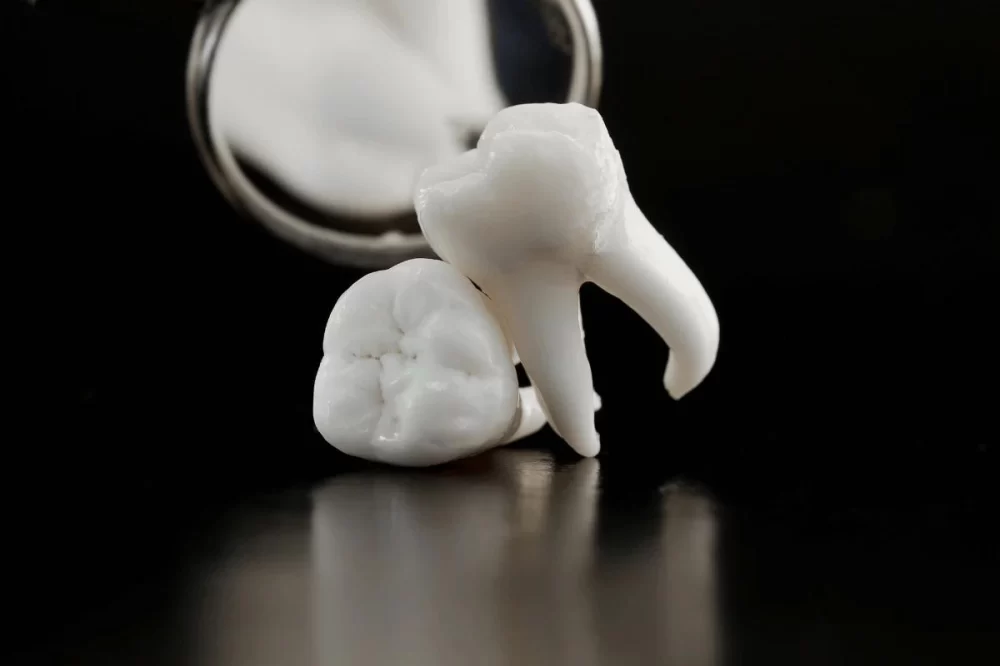
What Is Dental Pulp Therapy and When It’s Needed? A Complete Guide to Pulp Treatment
- Understanding Dental Pulp Therapy
- The Signs You Need Pulp Therapy
- How Dental Pulp Therapy Works
- Benefits of Dental Pulp Therapy
- When to Seek Treatment for Pulp Issues
As someone who’s had dental work done before, I can tell you that understanding the different treatments available is essential for maintaining good oral health. Dental pulp therapy is one such treatment that may sound unfamiliar, but it plays a vital role in saving your teeth and improving your overall dental health. So, what exactly is dental pulp therapy?
Dental pulp therapy is a procedure designed to treat the pulp of your tooth—the soft tissue inside that contains blood vessels and nerves. The pulp can become infected or damaged due to decay, trauma, or other issues, and when this happens, it can cause significant pain. The goal of dental pulp therapy is to save the tooth by cleaning and treating the pulp to prevent further infection and restore the tooth's function.
One of the most common questions I’ve received from friends and family is how to know when dental pulp therapy is needed. It’s crucial to understand the signs of pulp infection, as they often indicate that treatment is necessary. Based on my experience, here are some clear symptoms that you should be aware of:
- Severe tooth pain, especially when chewing or touching the tooth
- Lingering sensitivity to hot or cold temperatures
- Swelling or tenderness in the gums around the affected tooth
- Discoloration of the tooth (a darkened appearance)
- Persistent bad breath or an unpleasant taste in the mouth
If you’re experiencing any of these symptoms, it’s important to consult with your dentist as soon as possible. Pulp infections can worsen over time, leading to the need for more intensive treatments, such as a root canal or tooth extraction.
When you visit your dentist for dental pulp therapy, the process typically involves several steps to ensure the tooth is properly treated and preserved. The first step is a thorough examination, which may include X-rays to assess the extent of the damage to the pulp and surrounding tissues. If the pulp is determined to be infected or damaged, the dentist will proceed with the therapy.
During the procedure, the dentist will numb the area to ensure you’re comfortable throughout the treatment. Then, the infected or damaged pulp will be removed. After the pulp is cleaned out, the empty space is carefully sealed to prevent any future infection. In some cases, a crown may be placed over the tooth to restore its structure and function.
In my experience, the procedure is relatively painless, especially with modern techniques and anesthesia. Recovery time is usually short, though it can vary depending on the severity of the infection and the treatment provided. Your dentist will give you specific aftercare instructions to ensure your tooth heals properly.
There are several key benefits of dental pulp therapy, which I’ve personally seen in my patients and myself:
- Preserving the natural tooth: One of the most significant advantages of pulp therapy is that it allows you to keep your natural tooth rather than opting for extraction. This is important for maintaining proper function and appearance of your smile.
- Relieving pain: Pulp infections can be incredibly painful, but with the proper treatment, pulp therapy can provide relief and prevent further discomfort.
- Preventing infection spread: By cleaning out the infected pulp, the therapy helps stop the infection from spreading to other areas of the mouth or jaw, which could lead to more serious health problems.
Overall, pulp therapy is a highly effective way to manage dental pulp issues and ensure that your teeth remain healthy and functional for years to come. I’ve seen many cases where pulp therapy has saved teeth that otherwise would have been lost.
So when should you seek dental pulp therapy? If you notice any of the symptoms mentioned earlier or if you experience sudden tooth pain or sensitivity that doesn't go away, it’s time to schedule an appointment with your dentist. The earlier you address potential pulp issues, the better the chances are that the treatment will be successful and your tooth will be saved.
It’s important to follow through with any recommended treatments, as delaying care can lead to more severe complications, including the possibility of tooth loss. If you’re unsure whether you need dental pulp therapy, don’t hesitate to consult with your dentist—they can provide the best course of action based on your specific condition.
If you’re looking to learn more about dental pulp therapy or need help finding the right treatment, I recommend visiting Dentistry Toothtruth. They offer expert guidance on all things dental care, including pulp therapy, and can help you make informed decisions about your oral health.







 Ling Family Dentistry4.0 (427 review)
Ling Family Dentistry4.0 (427 review) Risas Dental and Braces - Boulder Crossings4.0 (312 review)
Risas Dental and Braces - Boulder Crossings4.0 (312 review) Children Dental World4.0 (1512 review)
Children Dental World4.0 (1512 review) Savage Success | Rhonda Savage DDS1.0 (1 review)
Savage Success | Rhonda Savage DDS1.0 (1 review) Smile Academy Pediatric Dentistry4.0 (48 review)
Smile Academy Pediatric Dentistry4.0 (48 review) Michael C. Byars, DDS5.0 (67 review)
Michael C. Byars, DDS5.0 (67 review) The Importance of Oral Health Education During Pregnancy for a Healthy Pregnancy
The Importance of Oral Health Education During Pregnancy for a Healthy Pregnancy Best Tips for Brushing Your Teeth Properly for Healthy Gums: Essential Techniques for Oral Health
Best Tips for Brushing Your Teeth Properly for Healthy Gums: Essential Techniques for Oral Health Why Skipping Dental Checkups Can Lead to Bigger Oral Health Problems
Why Skipping Dental Checkups Can Lead to Bigger Oral Health Problems Advantages of Porcelain Dental Restorations
Advantages of Porcelain Dental Restorations How Can Diabetes Cause Tooth and Gum Problems? Preventing and Managing Oral Health Issues
How Can Diabetes Cause Tooth and Gum Problems? Preventing and Managing Oral Health Issues Healthy Habits for Promoting Good Oral Health and Hygiene: Tips for a Healthy Smile
Healthy Habits for Promoting Good Oral Health and Hygiene: Tips for a Healthy Smile